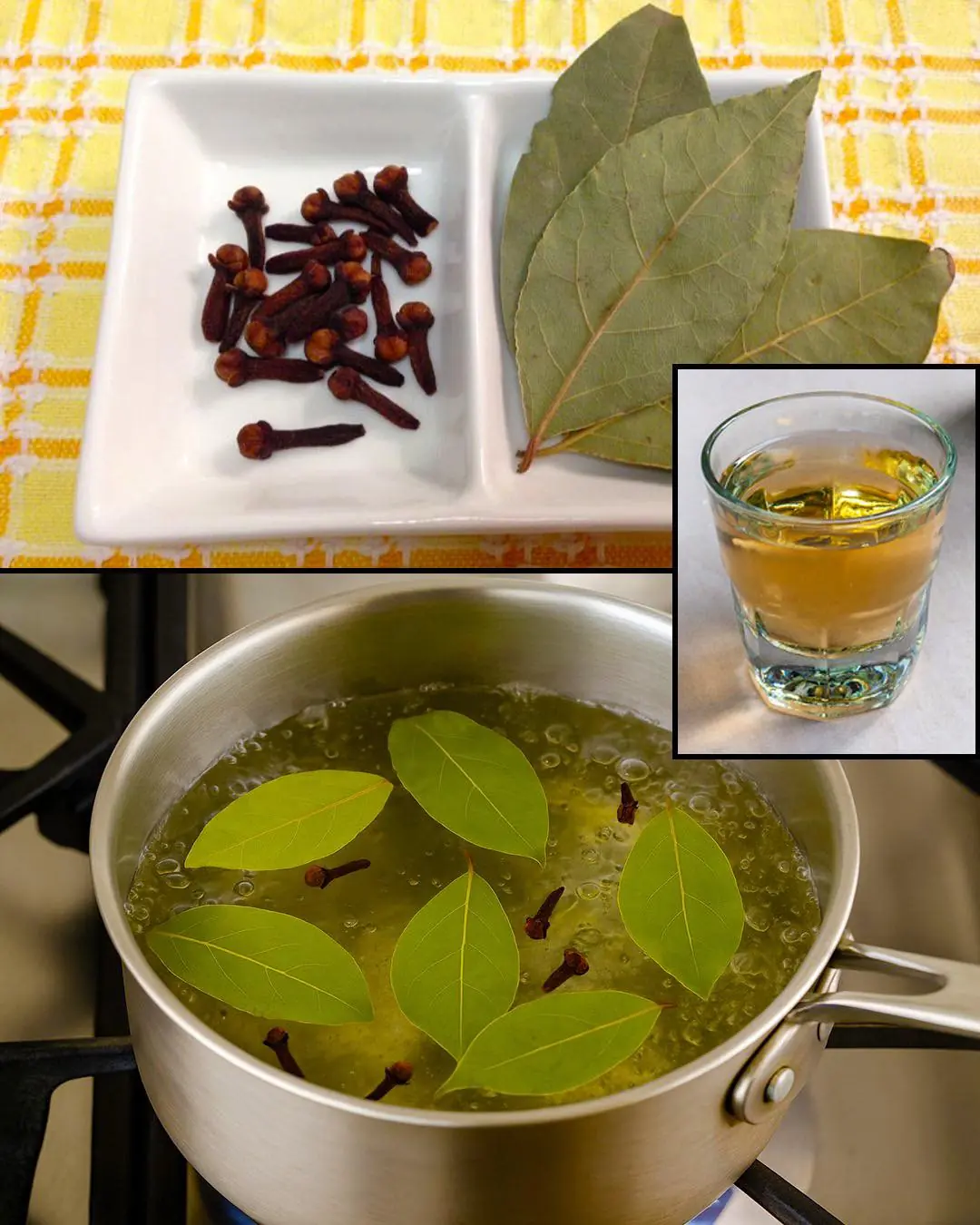
Grape Hyacinth (Muscari): The Stunning Spring Flower That’s Edible - If You Know the Right Kind
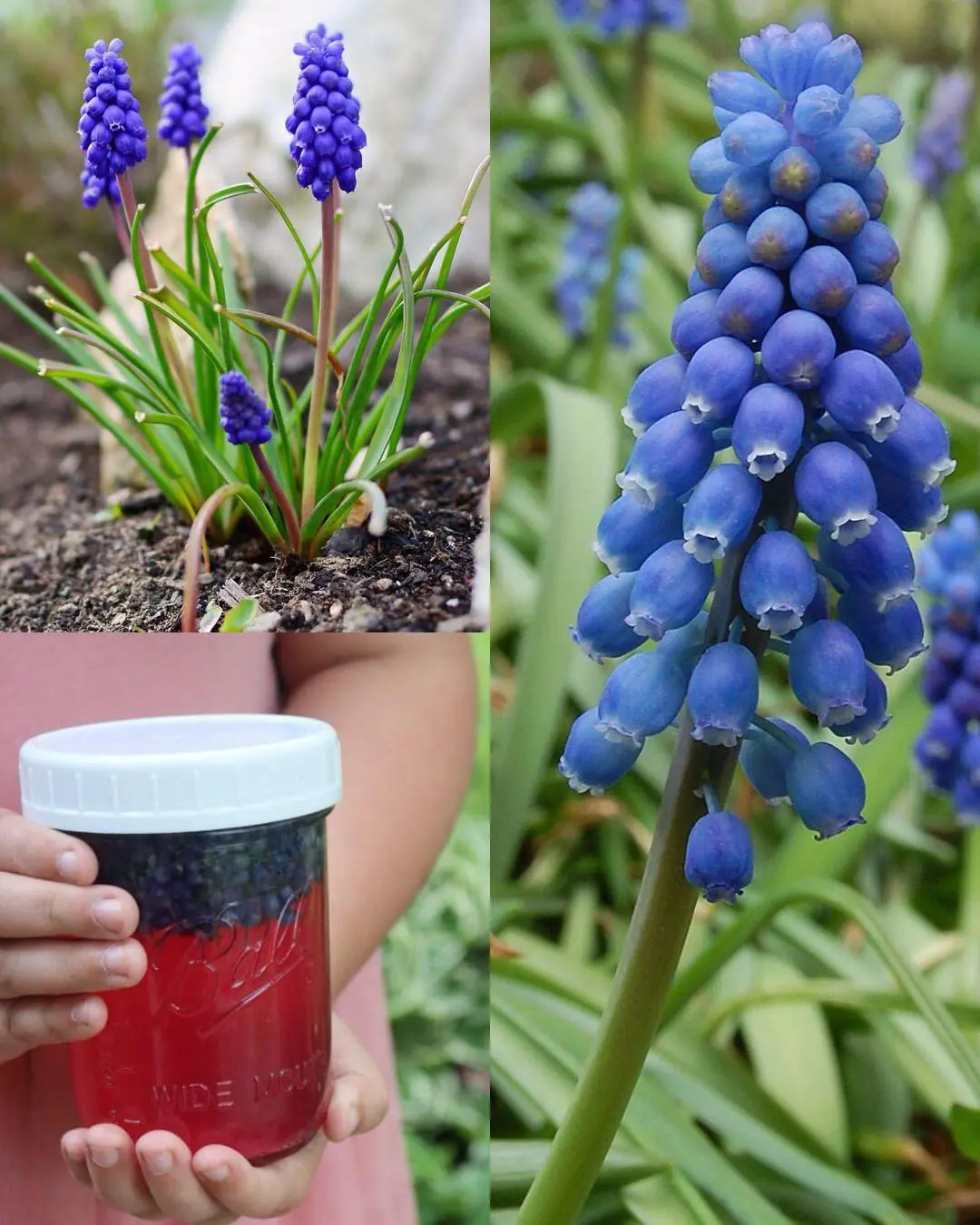
At first glance, the Grape Hyacinth - with its tiny bell-shaped blossoms and vivid blue color - looks like a miniature jewel of spring. Known scientifically as Muscari, this charming flower carpets meadows and gardens across Europe and Asia, often mistaken for the true hyacinth (Hyacinthus orientalis). But while it’s adored for its beauty, many people are surprised to learn that some types of Grape Hyacinth are actually edible - and even prized in certain cultures for their unique flavor and health properties.
However, not all varieties are safe to eat.
The secret lies in knowing exactly which species you can enjoy - and how to prepare them safely.
Let’s take a closer look at this deceptively simple flower, exploring its history, edible uses, health benefits, and a few important warnings before you ever think of adding it to your plate.
🌿 What Exactly Is Grape Hyacinth?
The Grape Hyacinth (Muscari) is a small bulbous perennial plant belonging to the Asparagaceae family, native to the Mediterranean region, southeastern Europe, and western Asia.
Despite the name, it’s not a true hyacinth - though both share similar fragrance and shape. The term “Grape Hyacinth” comes from its dense clusters of tiny, grape-like flowers that bloom in shades of blue, purple, or white.
There are around 40 species of Muscari, but the most common include:
-
Muscari armeniacum – the most widespread garden variety, known for its bright cobalt-blue blooms.
-
Muscari comosum – also called the Tassel Hyacinth, which bears unique, wispy purple flowers.
-
Muscari neglectum – a hardy species found in meadows and hillsides across Europe.
Among these, only Muscari comosum - the Tassel Hyacinth - is traditionally used as food.
🌸 The Edible Grape Hyacinth: Muscari comosum
While most Muscari species are cultivated purely for ornamental beauty, the Tassel Hyacinth (Muscari comosum) stands apart for its culinary and medicinal value.
This species has been used as food since ancient times, especially in Italy, Greece, and the Middle East. In Sicily, it’s known as “lampascioni” or “lampascioni selvatici”, and in Greek cuisine, it’s called “mouskaria” or “volvoi.”
The edible part is not the flower but the bulb - small, onion-like structures that grow underground.
When properly prepared, these bulbs have a distinct, slightly bitter flavor, similar to wild garlic or asparagus, and are often pickled, boiled, or sautéed with olive oil and herbs.
🍽️A Culinary Treasure in the Mediterranean
🇮🇹 In Italy (Lampascioni):
In southern Italy, particularly Puglia and Basilicata, lampascioni are considered a delicacy.
The bulbs are dug up in spring, cleaned, soaked to remove bitterness, and boiled, fried, or preserved in olive oil.
They’re often served as antipasti (starters) with bread and cheese or used as side dishes alongside meat and fish.
Flavor profile: slightly bitter, earthy, and aromatic - a perfect match for olive oil, chili, and vinegar.
Traditional recipe:
Boiled lampascioni dressed with olive oil, lemon juice, and chopped parsley, sprinkled with salt and pepper - a simple yet deeply flavorful dish passed down through generations.
In Greece:
In parts of Greece, the bulbs of Muscari comosum are boiled, pickled, and stored in brine or vinegar. They are eaten as meze (small plates), often paired with ouzo or tsipouro.
Greek name: volvoi or mouskaria.
The bulbs are believed to aid digestion and improve circulation.
In Turkey:
In Anatolia, the bulbs are known as “müskari soğanı” or “dağ soğanı” (mountain onions). They are used in folk remedies for stomach ailments and are sometimes sautéed with eggs or yogurt.
⚗️ Nutritional and Medicinal Benefits
The edible bulbs of Muscari comosum are rich in fiber, minerals, and phytochemicals that contribute to various health benefits.
🌿 1. Rich in Antioxidants
The bulbs contain phenolic compounds and flavonoids that help neutralize free radicals, reducing cellular damage and inflammation.
💧 2. Aids Digestion
Like many wild edible plants, Muscari comosum has mild bitter compounds that stimulate digestive enzymes, improving appetite and digestion.
💪 3. Supports Liver Function
Traditional healers in southern Europe used the bulbs as a natural liver tonic, promoting detoxification and bile flow.
💓 4. Balances Blood Sugar
Some studies suggest the plant’s natural compounds can slow glucose absorption, helping balance blo.od sugar levels - though more research is needed.
⚖️ 5. Promotes Healthy Weight and Metabolism
Because it’s low in calories but rich in fiber, eating these bulbs can increase satiety and gently support metabolism.
🌸 6. Natural Anti-inflammatory
Both ancient Greek and Italian folk medicine used the plant for joint pain, stomach cramps, and menstrual discomfort.
☠️Warning: Not All Grape Hyacinths Are Edible
This is where caution is absolutely necessary.
While Muscari comosum (Tassel Hyacinth) is safe and edible, other species in the Muscari genus are not suitable for eating - and some may cause stomach upset or mild toxicity.
The true hyacinth (Hyacinthus orientalis), though similar in appearance, is poisonous if ingested, containing alkaloids that can cause vomiting, diarrhea, and even more severe symptoms in pets or children.
✅ Safe to Eat: Muscari comosum (Tassel Hyacinth)
❌ Not Edible: Muscari armeniacum, Muscari botryoides, Hyacinthus orientalis
If you plan to forage or grow your own, always ensure accurate botanical identification - ideally verified by a local expert or plant guide.
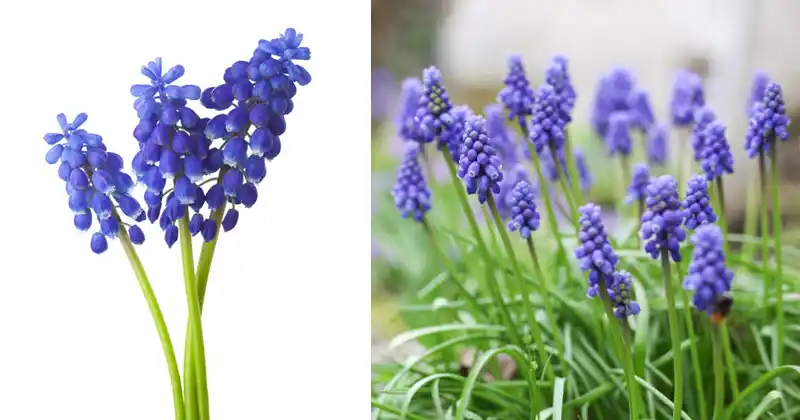
How to Identify the Edible Muscari comosum
Look for these signs:
1. Flowers: Loose clusters with a “tassel” of sterile purple-blue flowers on top - unlike the dense, grape-like clusters of common Muscari armeniacum.
2. Leaves: Narrow, grass-like leaves that appear early in spring.
3. Bulbs: Small, round, resembling pearl onions, about 2–3 cm in diameter.
4. Habitat: Commonly found in meadows, olive groves, and uncultivated hillsides in Mediterranean regions.
If you’re unsure, avoid consuming it - mistaken identity with ornamental varieties can be dangerous.
🧄 How to Prepare Grape Hyacinth Bulbs
The bulbs of Muscari comosum have a naturally bitter, resinous taste, so traditional preparation methods focus on reducing bitterness and enhancing their nutty aroma.
🧺 Cleaning and Prepping
1. Gently peel the outer layers of the bulbs and remove roots.
2. Soak in salt water or vinegar for 12–24 hours to draw out bitterness.
3. Rinse thoroughly.
🍳 Cooking Methods
1. Boiled (Classic Southern Italian Style)
-
Boil the bulbs in salted water for 10–15 minutes until tender.
-
Drain and dress with olive oil, lemon juice, garlic, and parsley.
-
Serve warm or chilled as an antipasto.
2. Pickled (Greek “Volvoi”)
-
Boil the bulbs, then soak in a mixture of vinegar, olive oil, and salt.
-
Store in jars for several weeks.
-
Serve as a tangy, probiotic-rich snack or side dish.
3. Pan-fried
-
After boiling, fry the bulbs lightly in olive oil and chili flakes until golden.
-
Great with eggs, crusty bread, or alongside grilled fish.
🧠 Cultural Symbolism and History
The Grape Hyacinth holds deep symbolic meaning - beyond its culinary use.
-
In ancient Greek mythology, it was associated with rebirth and renewal, blooming in spring as nature awakens.
-
The name Muscari comes from the Greek word “muskos” (μύσκος), referring to the flower’s delicate musky fragrance.
-
During the Byzantine period, the plant was grown not only for its beauty but also for use in perfumes and herbal tonics.
In Mediterranean folklore, it symbolized humility and gratitude - a humble wildflower that offered nourishment and healing to those who recognized its hidden gifts.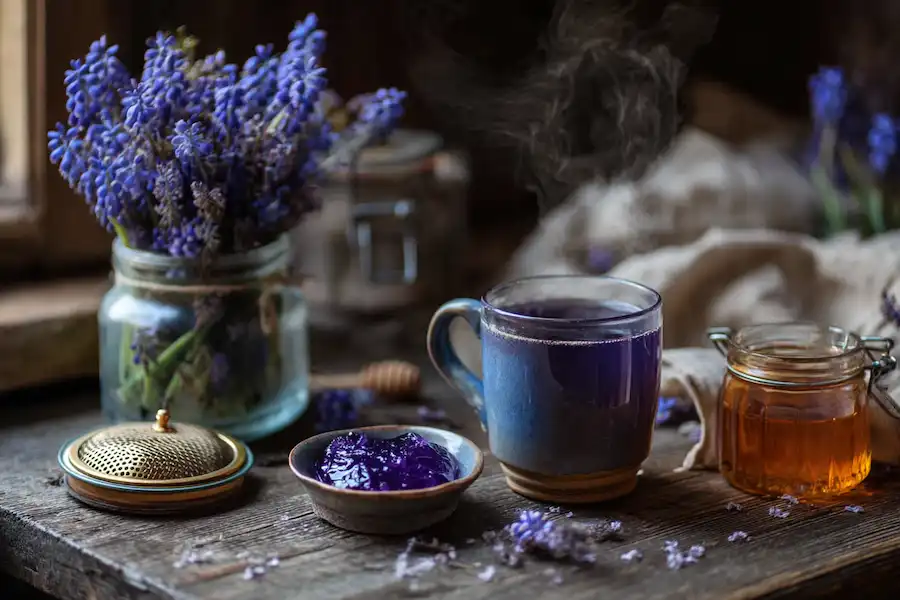
🌿 Modern Uses Beyond the Kitchen
Today, researchers are rediscovering the potential of Muscari comosum and related species.
🧬 1. Natural Antioxidant Source
Extracts of Muscari have been found to contain bioactive compounds with potential antioxidant and antimicrobial activity, useful in herbal medicine and natural skincare.
💊 2. Folk Medicine Revived
In some rural areas of Greece and southern Italy, the bulbs are still used as digestive tonics and liver cleansers, echoing ancient traditions.
🌼 3. Ornamental Beauty
Of course, beyond its edible aspect, the Grape Hyacinth remains one of the most beloved spring garden flowers, admired for its low maintenance and vibrant color.
⚠️ Safety and Precautions
Even if you identify Muscari comosum correctly, always follow these precautions before eating it:
-
Never eat raw bulbs. They contain bitter compounds that must be leached or cooked out.
-
Avoid ornamental hybrids. Some garden cultivars have been bred purely for looks and may not be safe.
-
Harvest responsibly. Only collect from clean, pesticide-free areas.
-
Try small portions first. Even edible varieties can cause mild stomach upset in sensitive individuals.
-
Consult a local expert. Foraging should always be done with accurate botanical knowledge.
🌸 Fun Fact: “Fake Onion” or “Wild Garlic”
In rural Italy, lampascioni are often nicknamed cipollini selvatici — “wild onions.” But they’re neither onions nor garlic.
Their distinctive aroma comes from sulfur-containing compounds, similar to those found in alliums. That’s why their flavor sits somewhere between a spring onion and asparagus, with a slightly floral edge.
🍷 Pairing and Serving Ideas
The earthy bitterness of Grape Hyacinth bulbs pairs beautifully with rich or acidic foods:
-
With cheese: Serve pickled lampascioni with aged pecorino or feta.
-
With meat: Use as a side to grilled lamb or roasted chicken.
-
With wine: Enjoy alongside dry white wine (like Vermentino or Assyrtiko) or crisp rosé.
-
With bread: Mix into antipasto platters with olives, capers, and crusty bread.
🌼 Growing Grape Hyacinths at Home
If you’d like to grow your own Muscari comosum, it’s surprisingly easy.
🌱 How to Grow:
1. Plant bulbs in fall in well-draining soil and full sun.
2. Water moderately - they prefer dry conditions once established.
3. After flowering, allow the foliage to die back naturally to nourish the bulb for next season.
They spread gently, naturalizing beautifully across lawns, pathways, and pots.
Just be sure to label edible species separately from ornamental ones if you plan to use them for food.
🌸 The Takeaway: Beauty Meets Edibility
The Grape Hyacinth (Muscari) is a perfect example of how nature hides wonders in plain sight.
Most people see a delicate blue flower and stop there - but those who look deeper discover a centuries-old culinary and medicinal tradition.
Still, this is a plant that demands knowledge and respect. Only one species, Muscari comosum, is edible - and only when properly prepared.
Handled with care, this little bulb offers not just nourishment, but a taste of the past - a whisper of the Mediterranean hillsides where it has grown wild for generations.
Final Thought
The next time you see a cluster of bright blue Muscari swaying in the breeze, take a moment to appreciate its secret history - a story that spans ancient foragers, Mediterranean cooks, and modern gardeners alike.
The Grape Hyacinth reminds us that beauty and nourishment often go hand in hand - but only if we know how to see, taste, and understand nature with curiosity and care.
News in the same category


The habit of drinking hot water mixed with cold water will be harmful if you do not understand these 3 important things: Bacteria will grow, the body will get sick
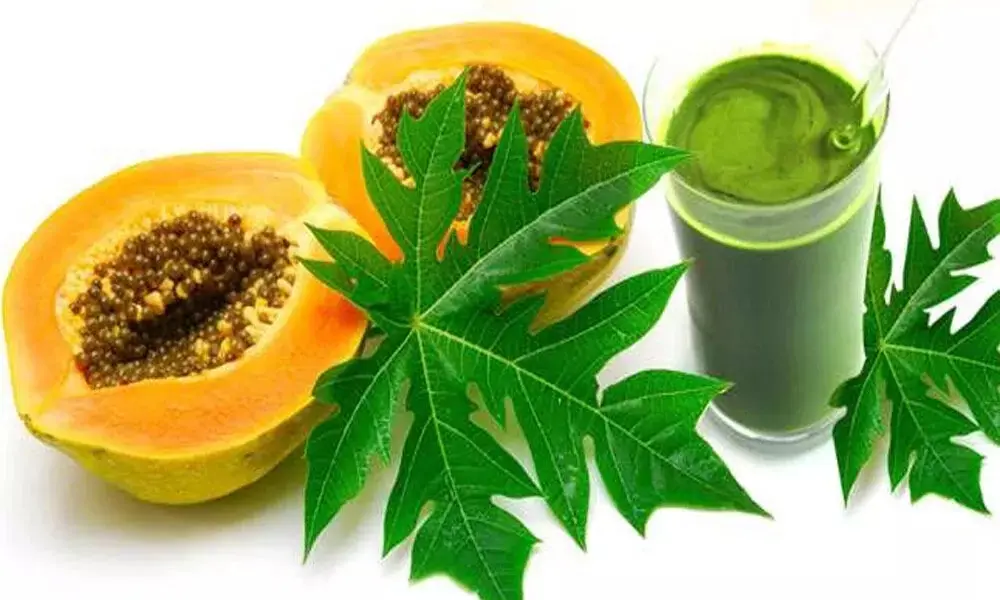
The Hidden Healing Power of Papaya Leaves: Nature’s Secret Weapon for Health and Vitality
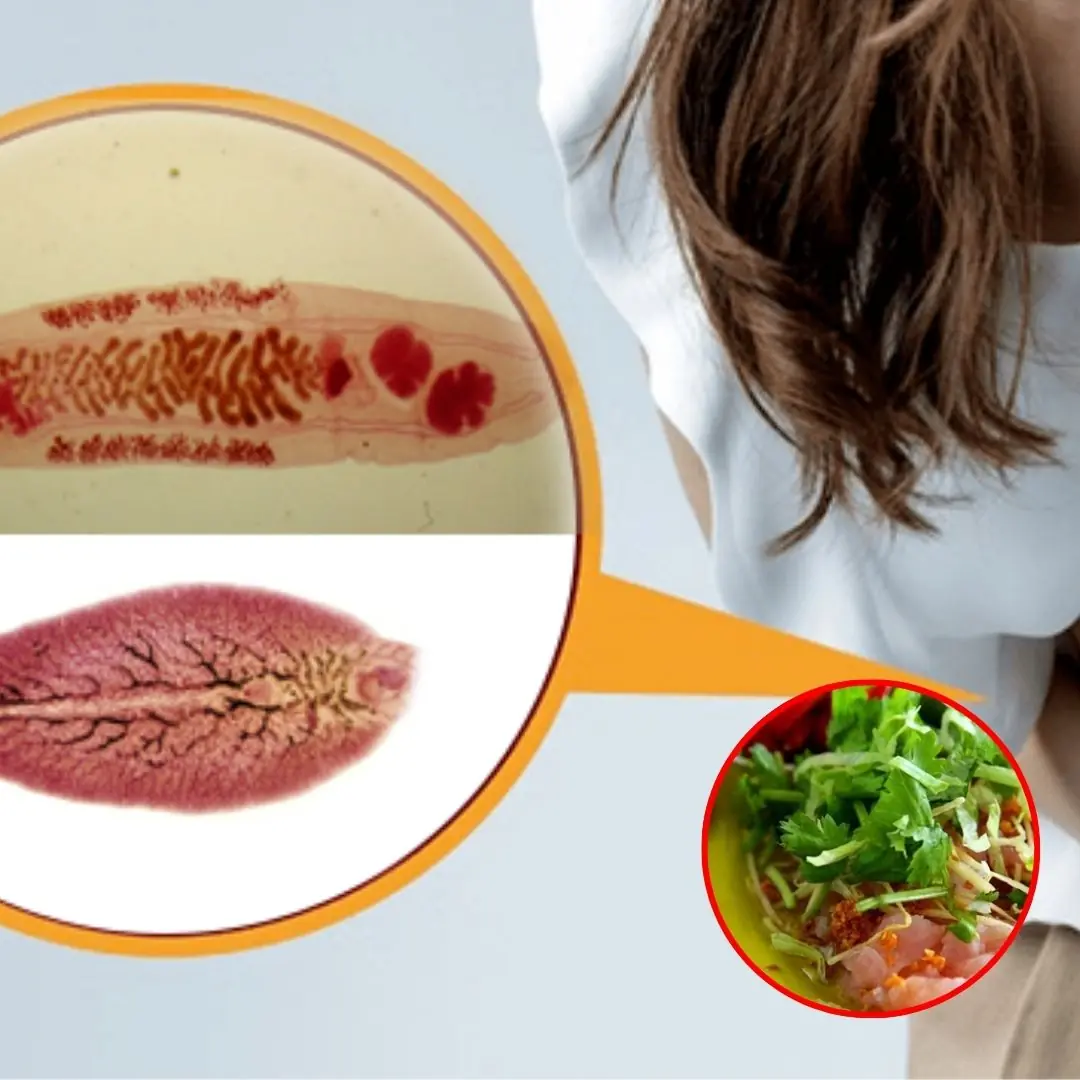
The risk of liver fluke infection from eating habits that many people have

6 Signs You Have a Dog Tapeworm Infection That You Can Easily Ignore

Sweet Potatoes Could Damage Your Health — Especially If You’re in These 5 Categories!

5 Nighttime Drinks to Cleanse Your Li.ver and Shed Pounds While You Sleep

Pumpkin Health Benefits: The Forgotten Superfood You Need Daily

Eating steamed sweet potatoes every day

If you drool while sleeping often, check for these 6 diseases

Bruises on the body - a warning that you may have a problem

1 vegetable dish can prevent 6 types of cancer

5 Early Signs of Thyroid Can.cer That Are Easy to Recognize
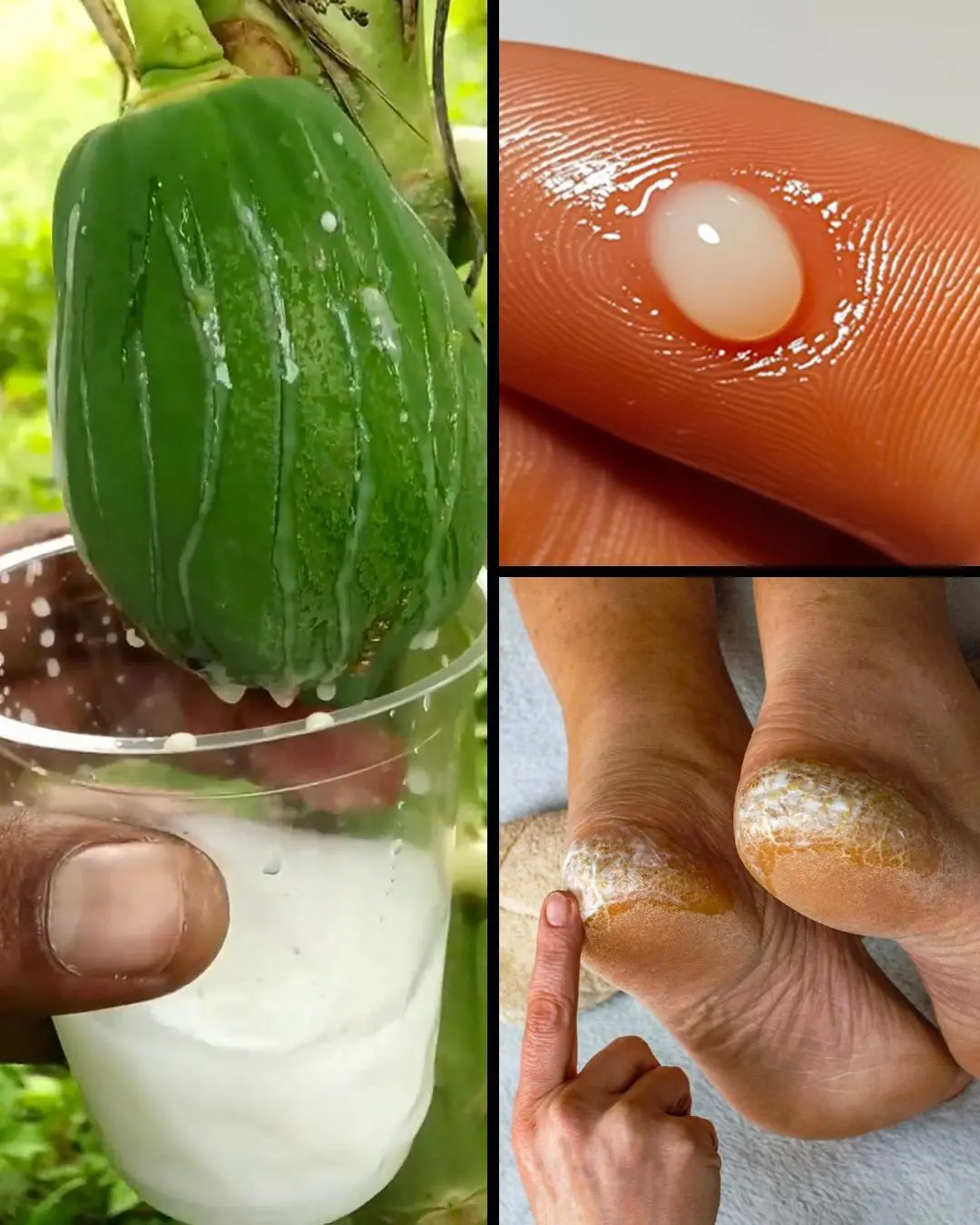
The Incredible Benefits of Papaya Sap: Nature’s Secret Remedy
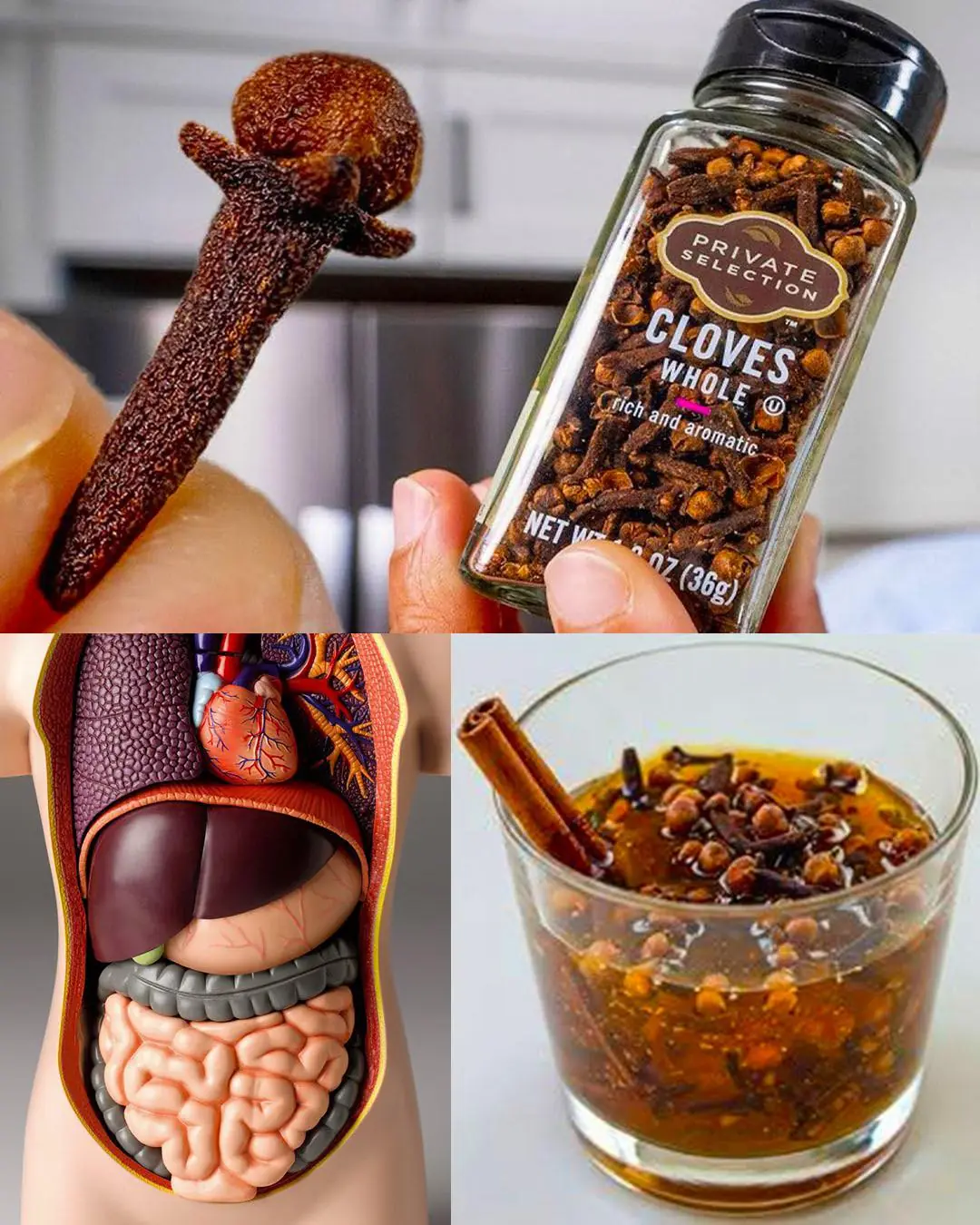
What effect does mixing cloves, honey and cinnamon have on the body?
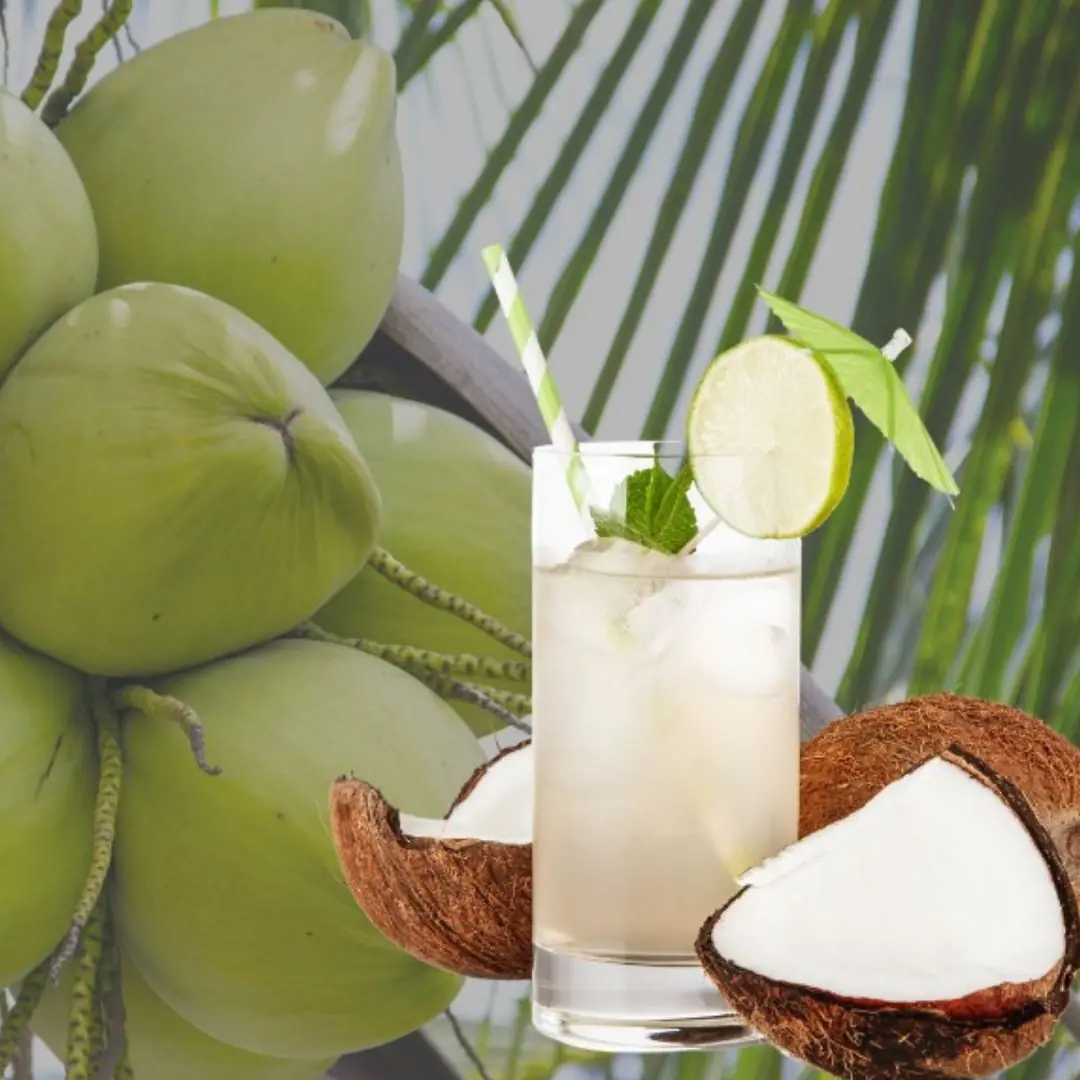
Coconut water is good for health but the following 5 groups of people absolutely should not drink it

6 Alarming Effects of Sleeping Less Than 7 Hours a Night, According to Recent Studies

Beware Of Diabetes If You Frequently Experience These 5 Strange Symptoms

Eggplant is the king of vegetables but not everyone can eat it

Eat 4 foods on an empty stomach in the morning to help clean the intestines, improve digestion, and prevent canc.er
News Post

The Surprising Benefits of Boiled Bay Leaves and Cloves: A Natural Elixir for Wellness

The habit of drinking hot water mixed with cold water will be harmful if you do not understand these 3 important things: Bacteria will grow, the body will get sick

The Hidden Healing Power of Papaya Leaves: Nature’s Secret Weapon for Health and Vitality

Pick a Ring and Discover What It Says About the Woman You Are
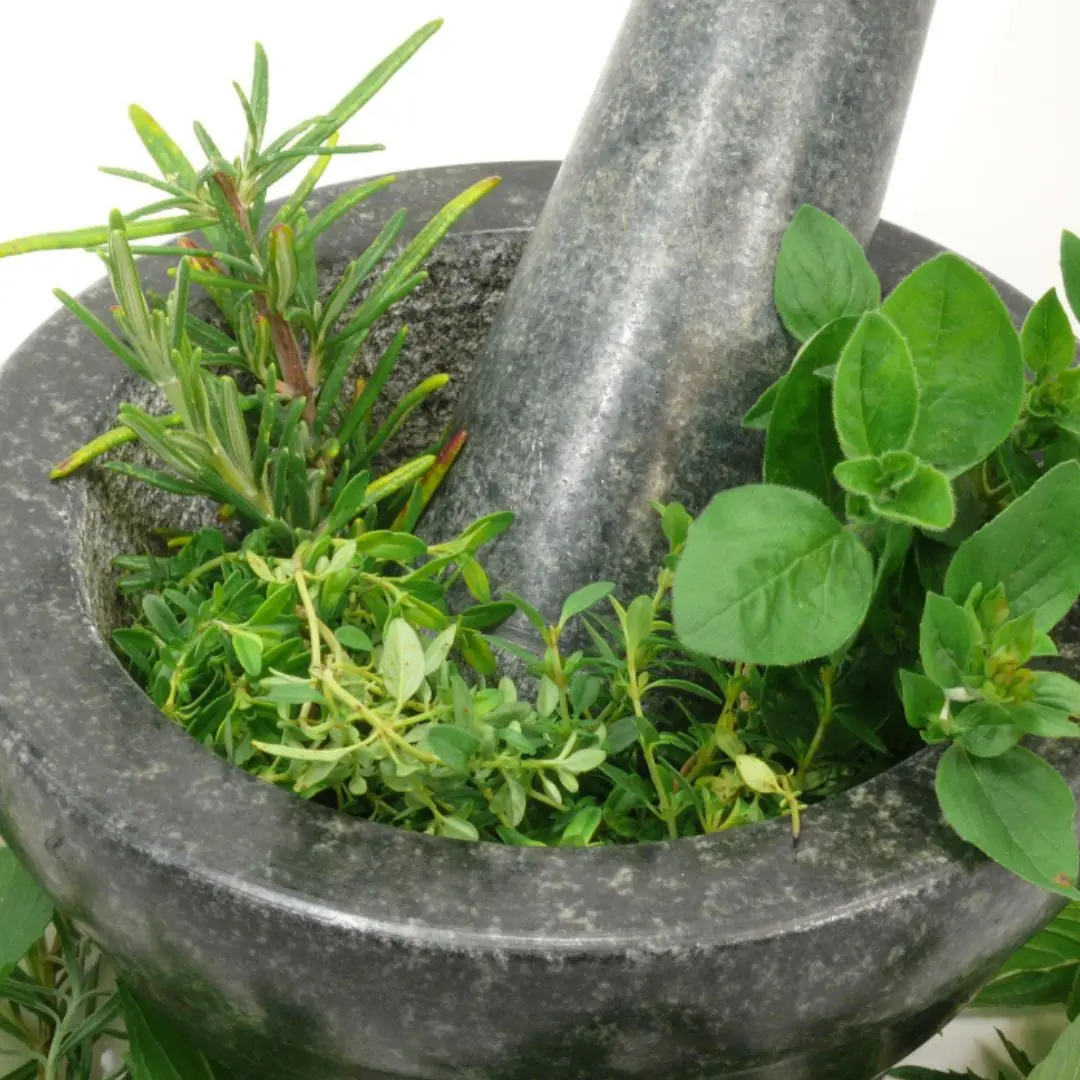
Bring out your hair’s natural shine with a leaf growing right in your garden

The risk of liver fluke infection from eating habits that many people have

6 Signs You Have a Dog Tapeworm Infection That You Can Easily Ignore

Sweet Potatoes Could Damage Your Health — Especially If You’re in These 5 Categories!

5 Nighttime Drinks to Cleanse Your Li.ver and Shed Pounds While You Sleep

Doctors Reveal 5 Types of Foods Parents Should Never Give Their Children

My Stepmom Stole My Late Mom’s $25K Inheritance to Buy Her Son a Jeep – Karma Made Her Pay Three Times Over

I Adopted a Baby Left at the Fire Station – 5 Years Later, a Woman Knocked on My Door & Said, ‘You Have to Give My Child Back’

A Hotel Bed for Two but Four Pillows? The Unexpected Reason Few People Know — Try It Yourself!

Woman’s heartache after tragic car crash kills husband and children

Pay attention when renting a motel or hotel room

Pumpkin Health Benefits: The Forgotten Superfood You Need Daily

Eating steamed sweet potatoes every day

If you drool while sleeping often, check for these 6 diseases

Bruises on the body - a warning that you may have a problem
